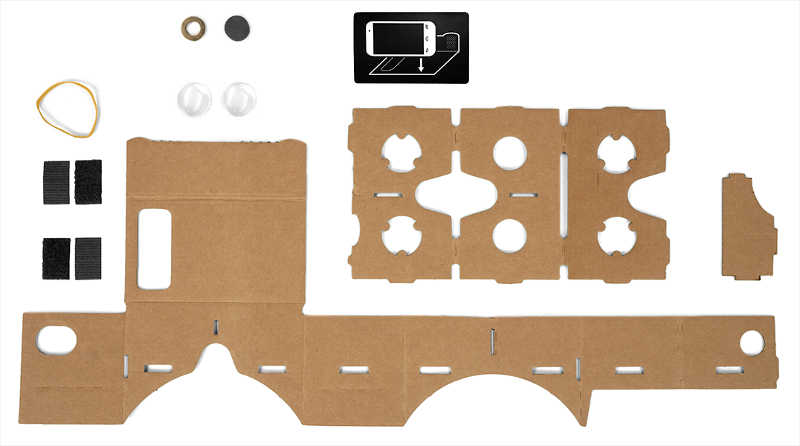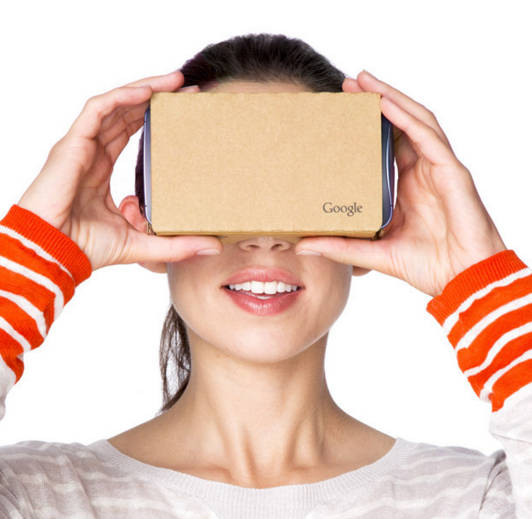| Cardboard Gets 3D Sound API |
| Written by Harry Fairhead | |||
| Thursday, 14 January 2016 | |||
|
This could be the year of VR/AR, but it might not be due to expensive hardware. It might be because of Google's half joke Cardboard SDK. Now we not only have generated 3D vision, but sound as well.
I got bored over the recent holiday period and so I found plenty of time to put together a Google Cardboard VR headset. All you need is a couple of lenses, some cardboard and an Android mobile phone. It all seems a bit like a kindergarten project gone horribly wrong, but it works remarkably well.
If you don't want to spend time with sticky tape and scissors then you can buy ready built units. Google has just announced a new shake up of its VR division, which is also an admission that it has one and that it's not just the Cardboard team.
Until now one thing has seemed lacking in Cardboard's repertoire - sound! Now we have a Sound API added to the Cardboard SDK. The new facility works from Unity or Java apps. The important thing is that this isn't just sound, it is 3D sound. This means that when you are using Cardboard and have a pair of headphones on then the sounds that are generated will appear to come from a specific location. The only downside is that you have to be wearing headphones for it to work - built in speakers don't hack it. If this sounds like magic then it certainly is when you listen to it. This goes beyond simple stereo created by playing a sound at different volumes in the right and left ear. It also creates a sensation of front to back even though there are only to active sound generators in the system. As the announcement puts it: But with today’s SDK updates, your app can produce sound the same way humans actually hear it. For example:
Yes this is subtle and you really don't want to try and achieve the same thing from scratch unless you have a lot of spare time. In addition to the psycho-acoustics, the SDK will also do some physical modelling of the outside world. If you are supposed to be in a small room then the sound will echo and decay appropriately. If you are outside then it will create a spacious sound. Good quality immerse sound like this can really break down the barriers and make the VCR seem much more like being there. If this sounds like a lot of realtime computation for a low powered device, then the good news is that it has been designed for mobile use. It makes use of a separate thread and SIMD instruction to keep your app running. If there are resource problems then you can opt to lower the fidelity of unimportant sounds while keeping the quality high on sounds that do matter. The Unity SDK works on Android, iOS and OSX. For native Android apps there is a Java API. There seems to be no reason you can't use it in non-Cardboard apps as well. There is a sample app so that you can try it out. More InformationSpatial audio comes to the Cardboard SDK Related ArticlesMagic Leap's New Game Changer? The Most Exciting Thing At Google I/O - A Piece Of Cardboard
To be informed about new articles on I Programmer, sign up for our weekly newsletter, subscribe to the RSS feed and follow us on, Twitter, Facebook, Google+ or Linkedin.
Comments
or email your comment to: comments@i-programmer.info |
|||
| Last Updated ( Thursday, 14 January 2016 ) |





